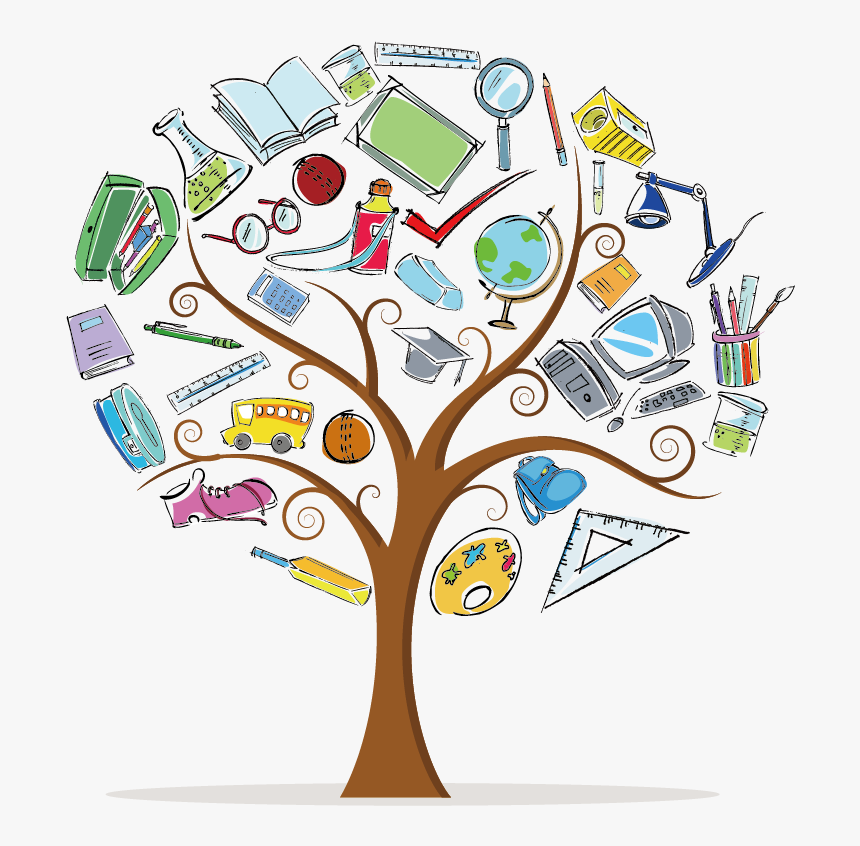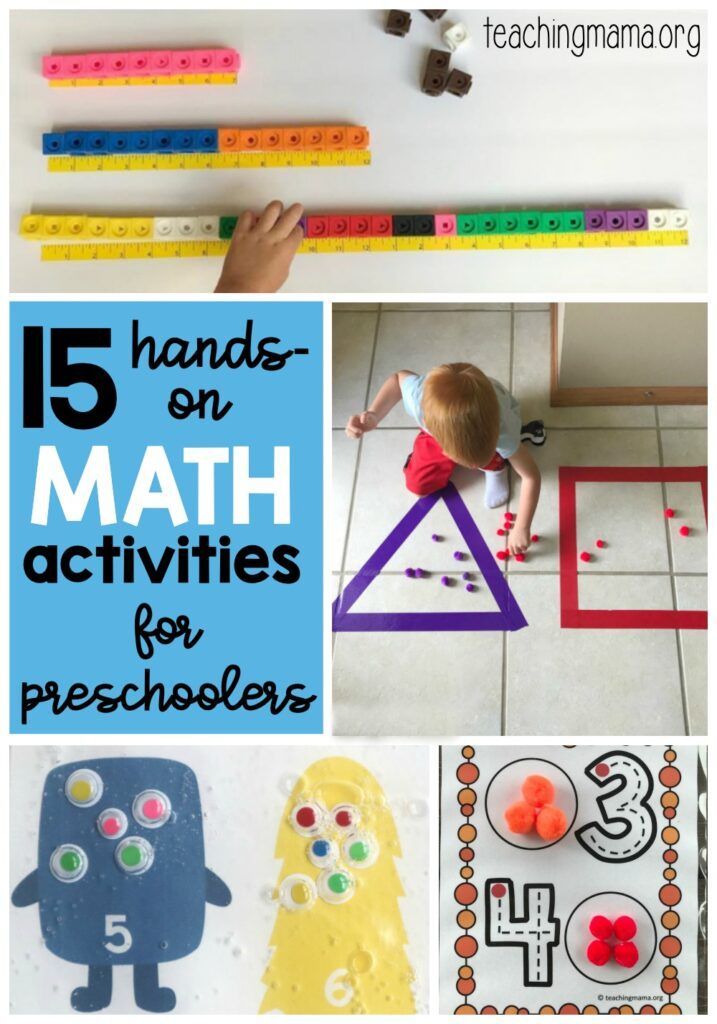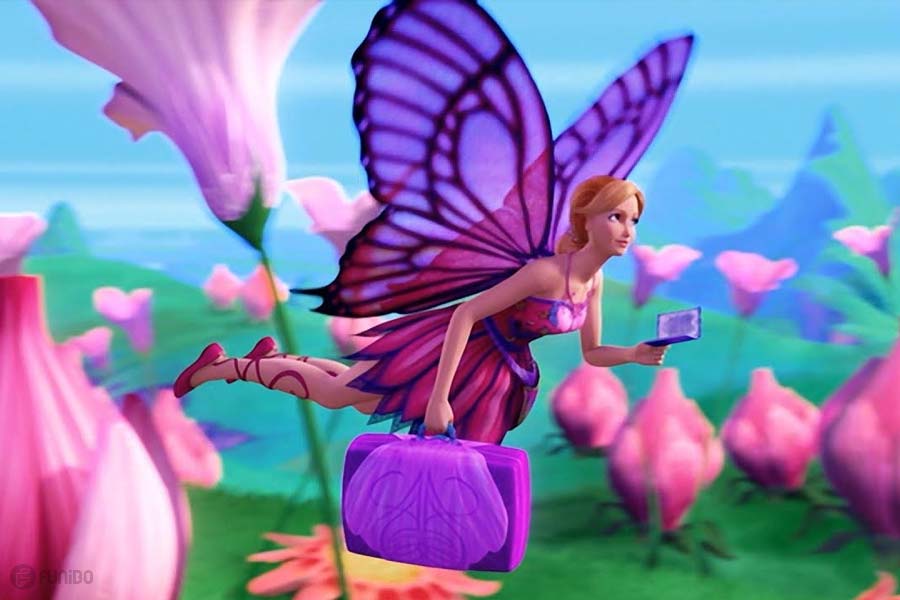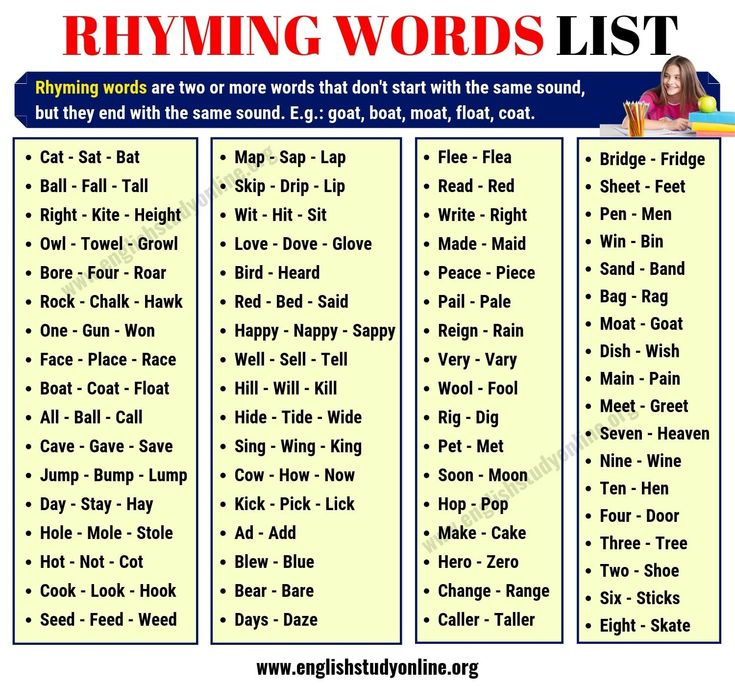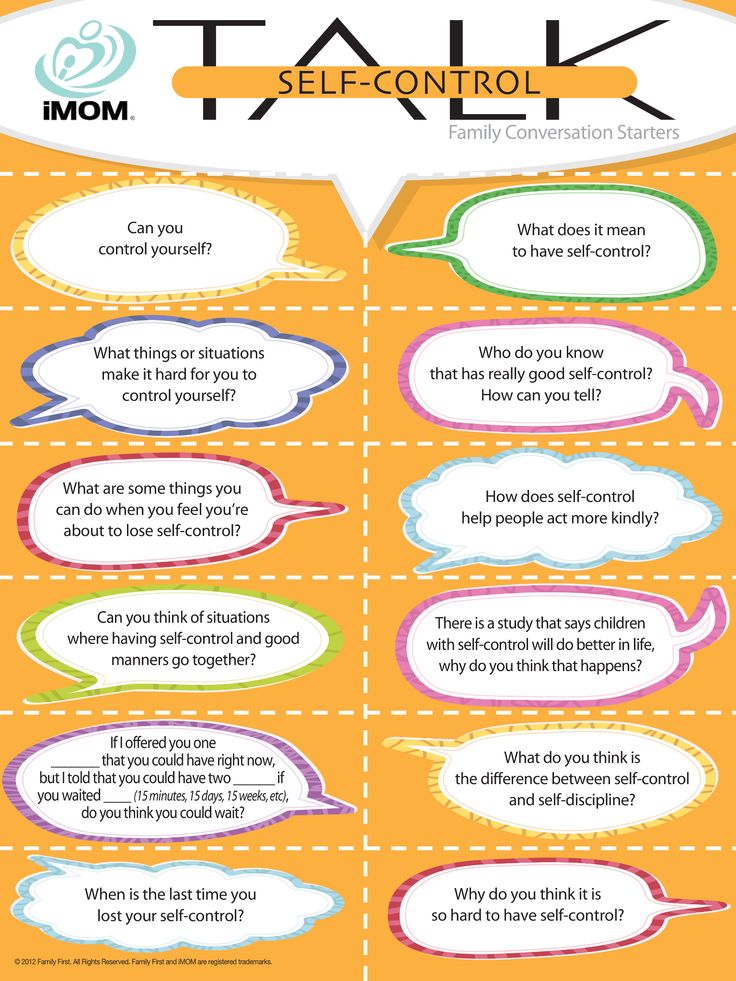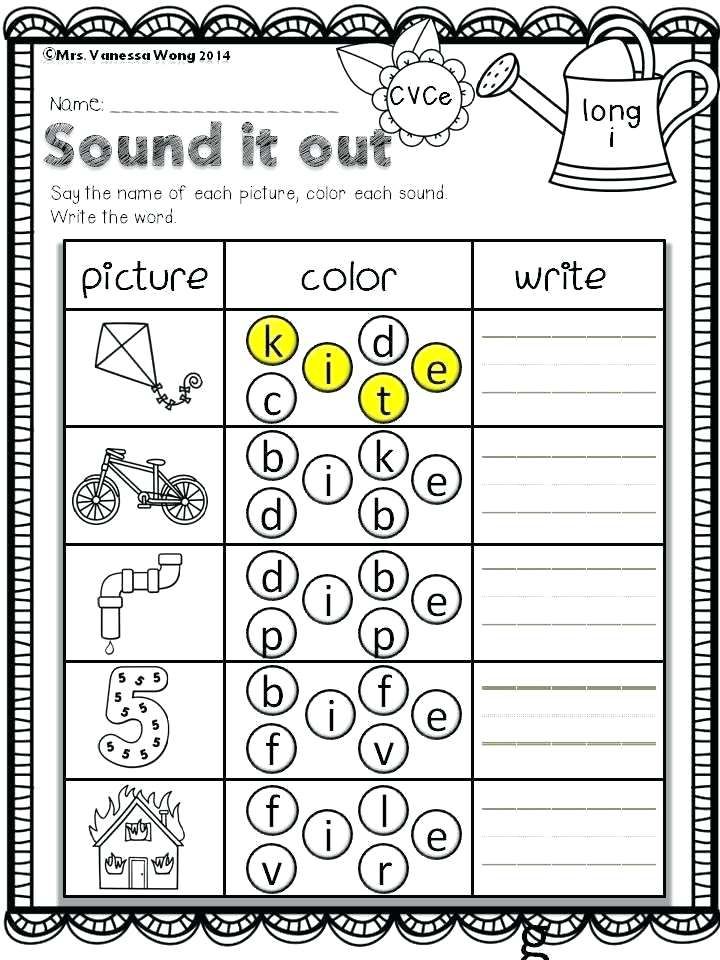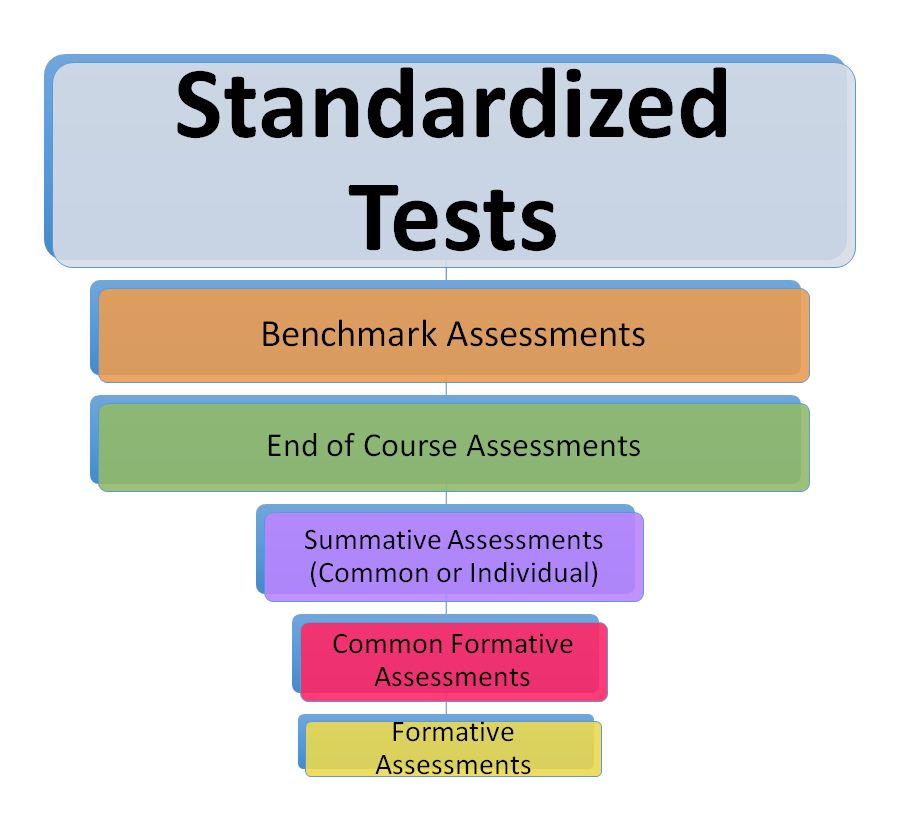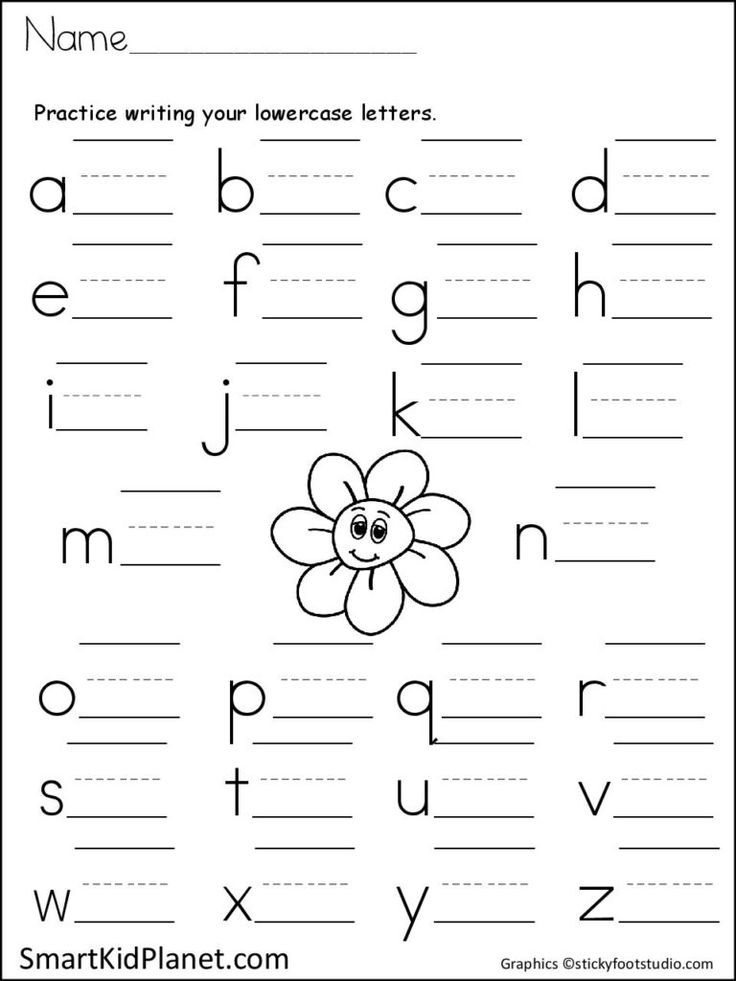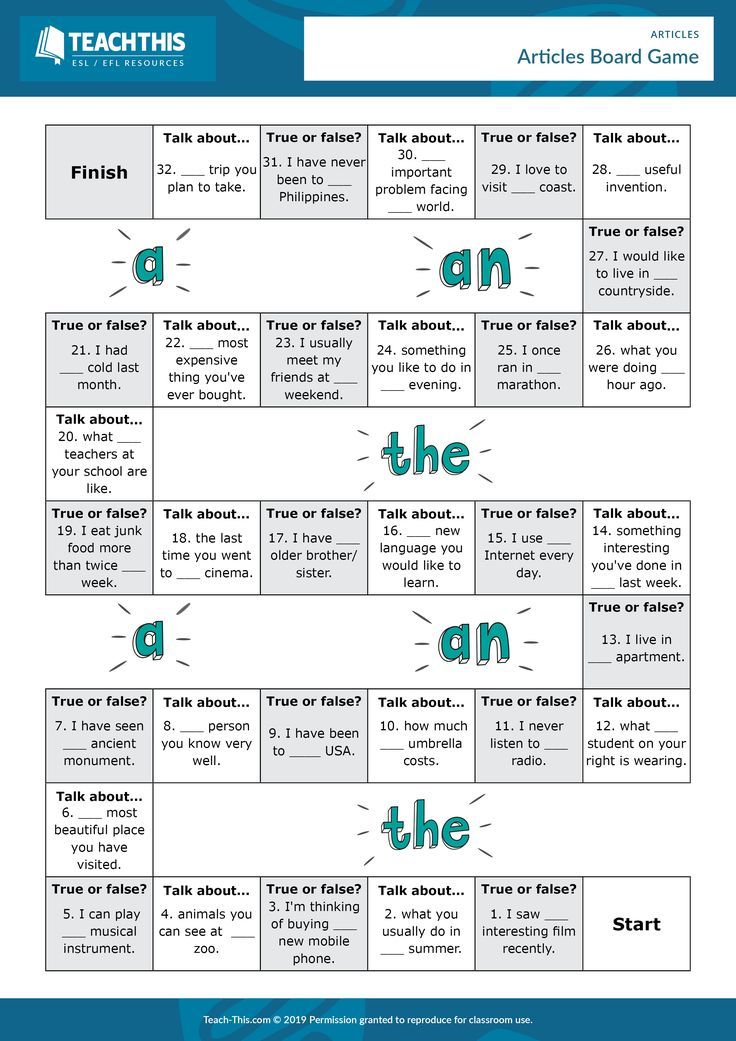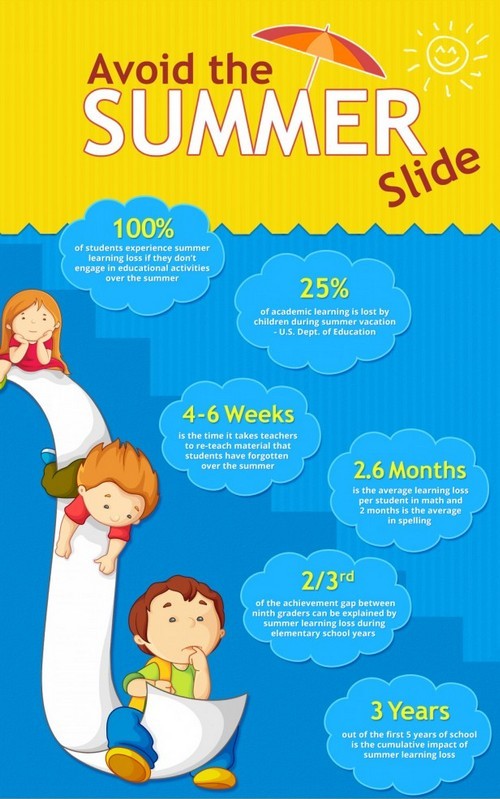Activities to teach shapes
25 Creative Activities and Ideas For Learning Shapes
Learning shapes is one of the earliest concepts we teach kids. This readies them for geometry in the years ahead, but it’s also an important skill for learning how to write and draw. We’ve rounded up our favorite activities for learning shapes, both 2-D and 3-D. They all work well in the classroom or at home.
1. Start with an anchor chart
Colorful anchor charts like these are terrific reference tools for kids learning shapes. Have kids help you come up with examples for each one.
Learn more: A Spoonful of Learning/Kindergarten Kindergarten
2. Sort items by shape
Collect items from around the classroom or house, then sort them by their shapes. This is a fun way for kids to realize that the world around them is full of circles, squares, triangles, and more.
Learn more: Busy Toddler/Shape-Sorting
3. Snack on some shapes
Everyone loves a learning activity you can eat! Some food items are already the perfect shape; for others, you’ll have to get a little creative.
ADVERTISEMENT
Learn more: Chieu Anh Urban
4. Print with shape blocks
Grab your shape blocks and some washable paint, then stamp shapes to form a design or picture.
Learn more: Pocket of Preschool
5. Go on a shape hunt
These “magnifying glasses” make an adventure of learning shapes! Tip: Laminate them for long-term use.
Learn more: Nurture Store UK
6. Hop along a shape maze
Use sidewalk chalk to lay out a shape maze on the playground or driveway. Choose a shape and hop from one to the next, or call out a different shape for every jump!
Learn more: Creative Family Fun
7. Assemble a truck from shapes
Cut out a variety of shapes (excellent scissors skills practice!), then assemble a series of trucks and other vehicles.
Learn more: Little Family Fun
8.
 Stretch out shapes on geoboards
Stretch out shapes on geoboards
Teachers and kids love geoboards, and they’re a great tool for learning shapes. Give students example cards to follow, or ask them to figure out the method on their own.
Learn more: Mrs. Jones’ Creation Station
9. Drive on shaped roads
Use these free printable road mats to work on shapes. Bonus: Make your own road shapes from sentence strips!
Learn more: PK Preschool Mom
10. Find shapes in nature
Take your shape hunt outside and look for circles, rectangles, and more in nature. For another fun activity, gather items and use them to make shapes too.
Learn more: Nurture Store UK
11. Put together craft stick shapes
Add Velcro dots to the ends of wood craft sticks for quick and easy math toys. Write the names of each shape on the sticks for a self-correcting center activity.
Learn more: Surviving a Teacher’s Salary
12.
 Blow 3-D shape bubbles
Blow 3-D shape bubblesThis is a STEM activity that’s sure to fascinate everyone. Make 3-D shapes from straws and pipe cleaners, then dip them in a bubble solution to create tensile bubbles. So cool!
Learn more: Babble Dabble Do
13. Prep a shape pizza
Cover a paper plate “pizza” with lots of shape toppings, then count the number of each. Simple, but lots of fun and very effective.
Learn more: Mrs. Thompson’s Treasures
14. Construct shapes from toothpicks and Play-Doh
This is an excellent STEM challenge: how many shapes can you make using toothpicks and Play-Doh? Marshmallows work well for this activity too.
Learn more: Childhood 101
15. Outline shapes with stickers
Kids adore stickers, so they’ll enjoy filling in the outlines of the shapes they’re learning. They won’t realize it, but this gives them fine motor skills practice too!
Learn more: Busy Toddler/Sticker Shapes
16.
 Lace shapes
Lace shapesLacing cards have long been a classic, but we really like this version that uses drinking straws. Just cut them into pieces and glue them along the edges of the cards.
Learn more: Planning Playtime
17. Make shapes with LEGO bricks
LEGO math is always a winner! This activity also makes a good STEM challenge. Can your students figure out how to make a circle from straight-sided blocks?
Learn more: Pocket of Preschool
18. Categorize shapes by their attributes
Work on geometry terms like “sides” and “vertices” when you sort shapes using these attributes. Start by placing shapes into paper bags and asking students questions like, “The shape in this bag has 4 sides. What could it be?”
Learn more: Susan Jones Teaching
19. Count and graph shapes
These free printable worksheets challenge kids to identify shapes, then count and graph them. Lots of math skills, all in one!
Learn more: Playdough to Plato
20.
 Create a shape monster
Create a shape monsterAdd arms, legs, and faces to create cheery (or scary) shape monsters! These make for a fun classroom display.
Learn more: Fantastic Fun and Learning
21. Sift through rice for shapes
Sure, kids can identify their shapes by sight, but what about by touch? Bury blocks in a bowl of rice or sand, then have kids dig them out and guess the shape without seeing them first.
Learn more: Fun With Mama
22. Craft an ice cream cone
Ice cream cones are made up of several shapes. Encourage kids to see how many different ways they can make a sphere of “ice cream.”
Learn more: Extremely Good Parenting
23. Ask “What does the shape say?”
If you don’t mind the risk of getting that song stuck in your kids’ heads, this is such a neat way to combine writing and math.
Learn more: Around the Kampfire
24. Piece together shape puzzles
Use wood craft sticks to make simple puzzles for kids who are learning their shapes. These are inexpensive enough that you can make full sets for each of your students.
These are inexpensive enough that you can make full sets for each of your students.
Learn more: Toddler at Play
25. Feed a shape monster
Turn paper bags into shape-eating monsters, then let kids fill their hungry bellies!
Learn more: Teach Pre-K
From teaching shapes to long division and everything in between, these are the 25 Must-Have Elementary Classroom Math Supplies You Can Count On.
Plus, 22 Active Math Games and Activities For Kids Who Love to Move.
27 Amazing Activities for Learning Shapes
Learning shapes is an early and important teaching concept. This is a terrific way to introduce children to problem-solving skills and pattern recognition. The learning of shapes prepares students for future math courses such as geometry. Check out these 27 amazing ideas for learning shapes!
1. Box of Chocolates
Create your very own box of chocolates with a variety of shapes.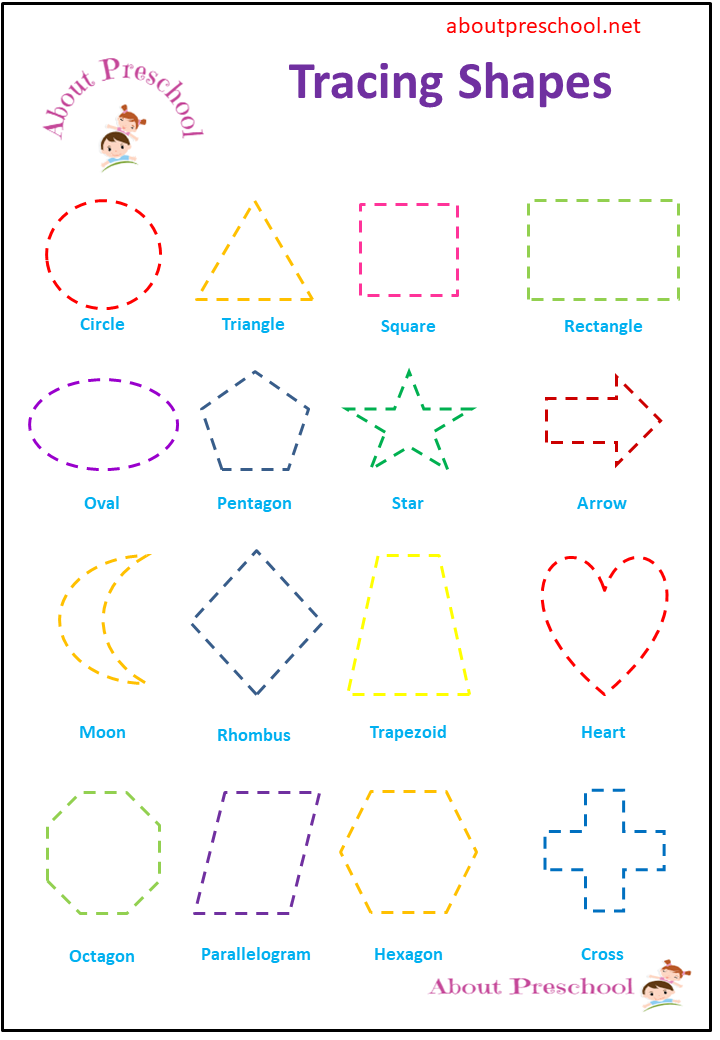 Use a stencil to cut shapes from foam board. Draw basic shapes inside a heart drawing to represent a box of Valentine’s chocolates. Students will match the foam shapes to the drawings. This is a super activity for Valentine’s Day!
Use a stencil to cut shapes from foam board. Draw basic shapes inside a heart drawing to represent a box of Valentine’s chocolates. Students will match the foam shapes to the drawings. This is a super activity for Valentine’s Day!
Learn more: Active Littles
2. Shape Bingo
Shape Bingo is a great idea for 3D shape practice! This fun activity is free and can be used in the classroom with the entire group or for classroom learning centers.
Learn more: 123 Homeschool 4 Me
3. Beanbag Shape Hop and Toss
For this engaging activity, use painter's tape to create outlines of shapes on the floor. Have your children hop from shape to shape. You can have them say the name of the shape once they hop into it. They can also throw beanbags into the shapes for more fun.
Learn more: Learn Play Imagine
4. Edible Shapes: Tic-Tac-Toe Cookies
Kids will absolutely love this shape activity. They will get to help make chocolate chip cookies shaped like X's and O's. Once they finish playing a few rounds of tic-tac-toe, they will have the opportunity to eat the delicious cookies!
They will get to help make chocolate chip cookies shaped like X's and O's. Once they finish playing a few rounds of tic-tac-toe, they will have the opportunity to eat the delicious cookies!
Learn more: The Realistic Mama
5. Shapes Sorting Suncatcher
This is a favorite shape sorter for 2 to 3-year-old children. You will need contact paper, scrapbook paper, and felt or foam shape pieces. You can make or own or purchase them.
Learn more: Happy to Shelf
6. Snowman Shape Matching
Children love building snowmen, so they will have a blast with this free snowman-themed activity! Kids will learn about shapes as they match each snowman's head to its same shaped body.
Learn more: Tot Schooling
7. Shape Art
Cut out several shapes and create a piece of art as a classroom example. Next, give each student a stack of the same shapes and have them create the same masterpiece.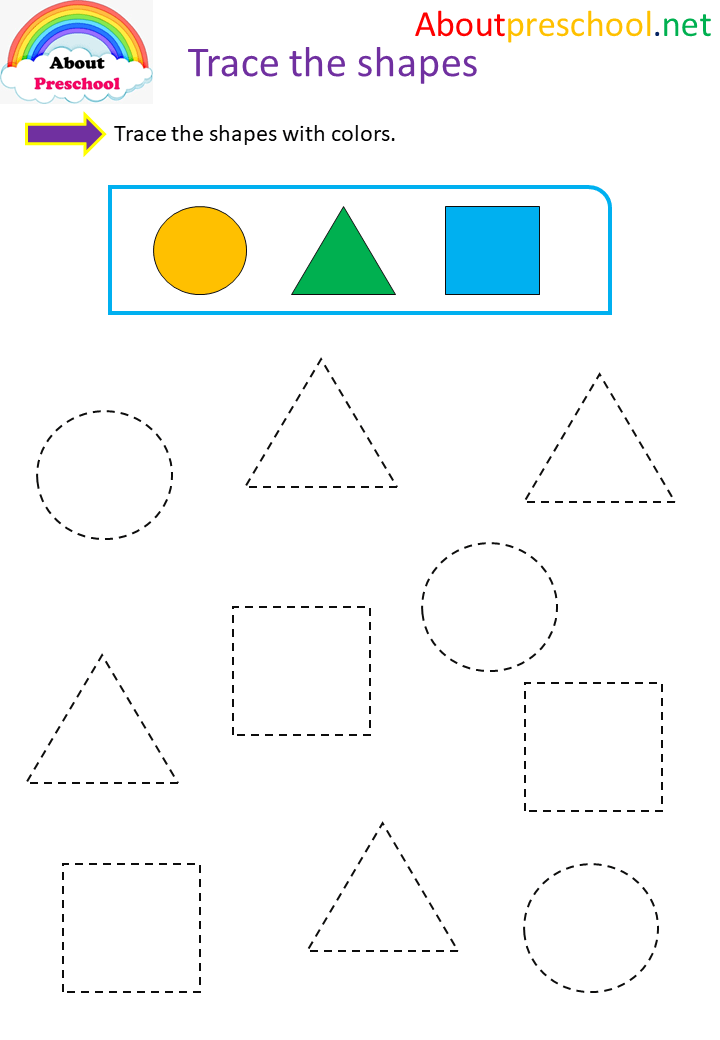 When students have completed their artwork, you will have a fun classroom display!
When students have completed their artwork, you will have a fun classroom display!
Learn more: Raising the Spenglers
8. Marshmallow Geometry
Marshmallow geometry is an engaging and fun activity for teaching children shapes. They will learn the names of 2D shapes as well as their characteristics. All you need is pretzel sticks, miniature marshmallows, markers, and card stock or construction paper.
Learn more: Playdough to Plato
9. 2D Shape Poems
Children love these shape poems! These poems are free and allow students to be introduced to a variety of key shapes. Leave these displayed in your classroom for students to see on a daily basis.
Learn more: Miss Kindergarten
10. Clip Shapes
These free shape printables are a fun activity for shape identification for preschoolers and toddlers. They will learn to be successful at shape-matching while they strengthen their fine motor skills.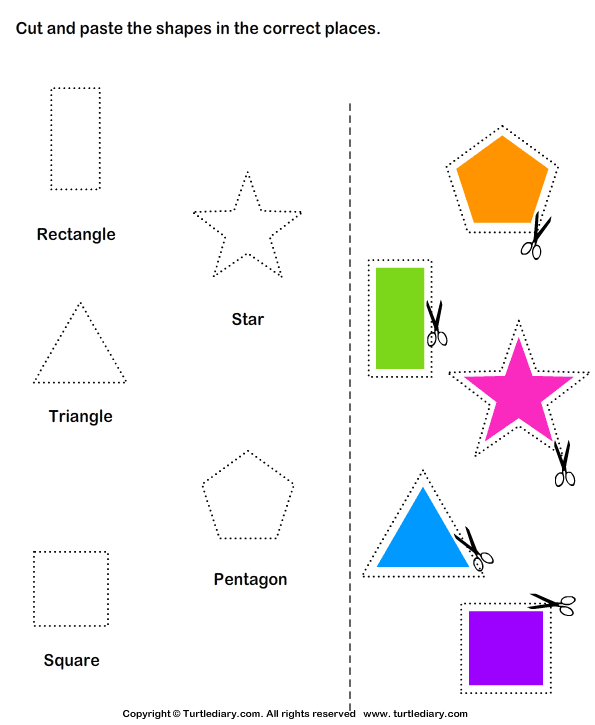
Learn more: Modern Preschool
11. Ice Tray Shape Sorting
Purchase wooden circles, a plastic ice tray, and shape stickers or colored paper cut in shapes. If you use colored paper, you will also need glue to attach the shapes to the wooden circles. Children will place the wooden circles in the correct spot on the tray.
Learn more: Mess for Less
12. Shape Monsters Craft
The shapes monsters craft is so much fun for kids! They will learn about shapes and colors as they create their very own monsters. The only supplies you need are construction paper, glue, and scissors.
Learn more: Live Well Play Together
13. Circle Collage
Teach children about the circle shape. You will need colored paper, scissors, and glue to complete this activity. Have the child cut out a large circle and many small circles. The child will then glue the smaller circles on the larger circle.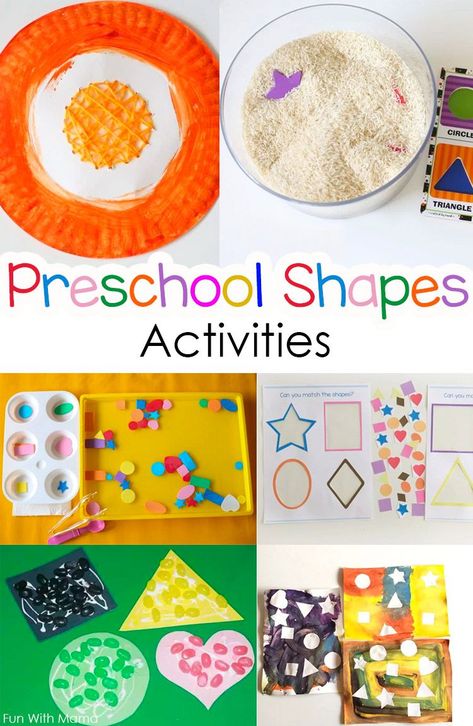
Learn more: Family Education
14. 20 Fun Shape Books
Using stories about shapes is a terrific way to teach kids all about shapes! They can learn about shape names with these books. This resource will help you find the perfect shape book to use with your child today!
Learn more: 123 Homeschool 4 Me
15. Basic Shapes Workbook
Using shape workbooks is a wonderful way to teach your children all about shapes. This workbook is created for preschoolers and offers shape guides, tracing, patterns, matching, activities, and much more. Buy yours today!
Learn more: Libro World
16. DIY Shape Puzzle
This simple shape puzzle is a DIY activity that is so easy to make. Your little one will enjoy playing with it over and over again as they learn all about basic shapes and their characteristics.
Learn more: Laughing Kids Learn
17. Preschool Shape Scavenger Hunt
Preschoolers will love this shape activity, and it is so easy and inexpensive to create. Just draw some shapes on pieces of paper and have your child find real-life objects to match the shapes.
Just draw some shapes on pieces of paper and have your child find real-life objects to match the shapes.
Learn more: Frugal Fun 4 Boys
18. Learn Shapes with Sticks
You and your child can venture out in nature and have your child pick up a few small sticks to create simple craft stick shapes. They will have a blast in nature as well as create these basic shapes.
Learn more: Toddler in Action
19. Shape Sensory Bottles
The little learners will have lots of sensory shape fun with this activity! These sensory bottles are super easy to make, and little ones can twist, flip, or shake the bottles to find the basic shapes. These bottles are perfect for center time or quiet time!
Learn more: Pocket of Preschool
20. Shape Clouds
Little ones will enjoy making clouds out of shapes. This activity is simple to create; all you need is a shape printable, glue, and cotton balls.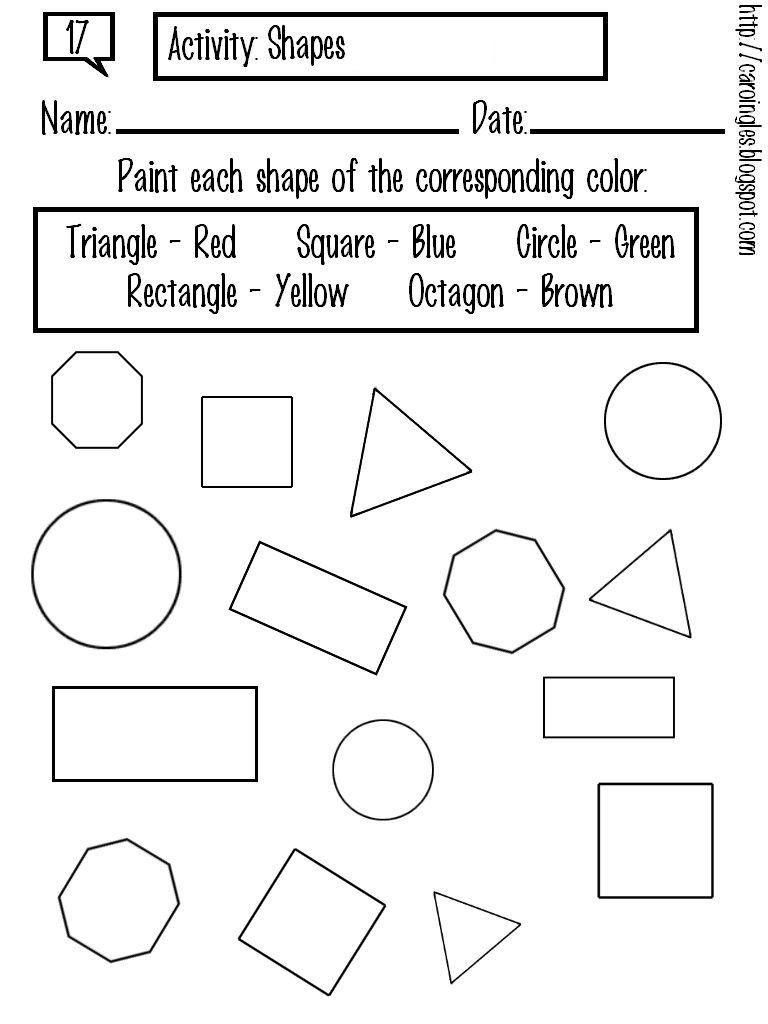 Let your little one create clouds of different shapes and have a blast doing so.
Let your little one create clouds of different shapes and have a blast doing so.
Learn more: Planning Playtime
21. Spaghetti Noodle Shapes
This free resource provides 10 shapes printables that will help your child strengthen motor skills while learning all about shapes. Your child will use cooked spaghetti noodles to outline the shapes. They will have a tremendous amount of fun completing this activity!
Learn more: Schooltime Snippets
22. Bubble Wrap Painting - Learning Shapes
Kids will love this bubble wrap painting activity, and they will learn about shapes. They will have a blast popping the bubbles and painting different shape patterns. Your child will also develop fine motor skills as well as improve hand and eye coordination.
Learn more: Learning 4 Kids
23. Sticky Shape Rainbow Activity
Purchase a large tub of foam sticker shapes, so your child can create a shape rainbow. Draw the outline of a rainbow and put one shape of each color in a certain place on the rainbow outline and then allow your child to fill in the rest.
Draw the outline of a rainbow and put one shape of each color in a certain place on the rainbow outline and then allow your child to fill in the rest.
Learn more: Fun Learning for Kids
24. Magazine Shape Hunt and Sort
Are you searching for an engaging activity that will increase your child's fine motor skills and hand-eye coordination? If so, this is the perfect activity. It will also teach your child about shapes and encourage the use of critical thinking skills.
Learn more: Fun Learning for Kids
25. Preschool Pipe Cleaner Shapes Activity
This video will explain the preschool pipe cleaner shapes activity. This fabulous activity is perfect for 2-4-year-old children. It increases fine motor skills as well as hand-eye coordination. Your child will also learn about shapes, colors, and counting.
Learn more: Zaneta The Work At Home Mama
26. Build a Robot
Your child will learn about shapes while creating a cool robot! This engaging activity also develops cognitive skills and fine motor skills.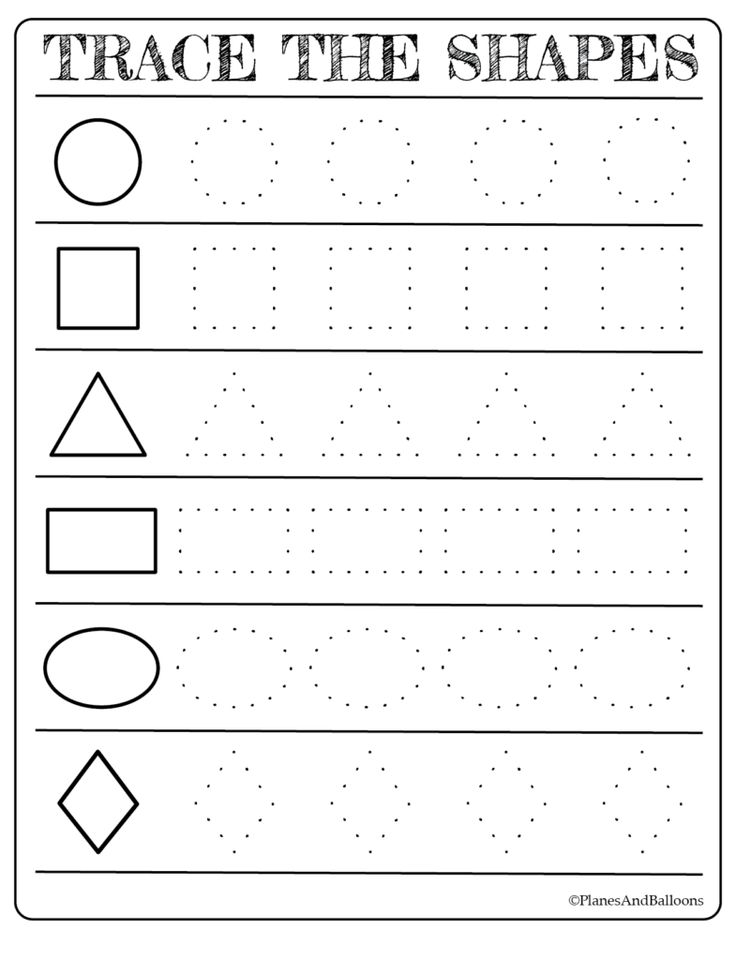 Cut out the shapes and glue the robot together.
Cut out the shapes and glue the robot together.
Learn more: Fun House Toys
27. Magic Disappearing Shapes
Draw a variety of basic shapes on a coffee filter. Name a shape and have your child drip water over the correct shape. The shape will disappear, and you can move to the next shape. This activity is also terrific for fine motor practice!
Learn more: Gift of Curiosity
Abstract of the lesson for children 4-5 years old "Journey to the country of geometric shapes" | Plan-summary of the lesson in mathematics:
Summary of the lesson for children 4–5 years old “Journey to the country of geometric shapes”
Middle group. Middle preschool age. Children 4-5 years old.
Abstract of the lesson on FEMP in the middle group "Country of geometric shapes"
OBJECTIVES: to form and expand elementary mathematical abilities in children through play activities.
Materials and equipment: flying carpet with geometric patches, paths (narrow, wide, houses with windows made of geometric shapes, cards with objects resembling geometric shapes.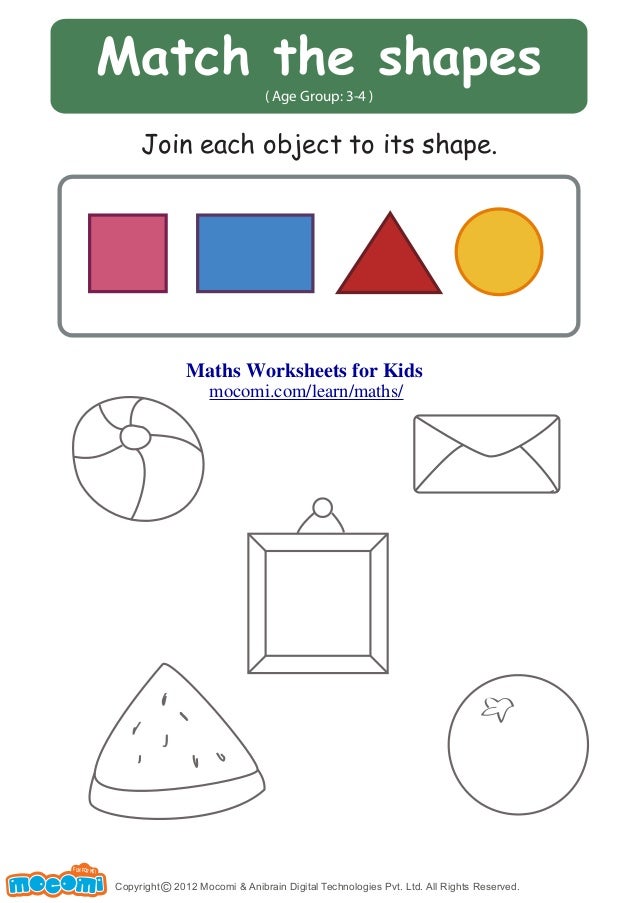
Handout: laces, counting sticks, geometric shapes.
Course of the lesson: Guys, today we will go with you to the country of geometric shapes. What can you travel on? (children's answers)
- And we will get to this country on a magic carpet - an airplane. Oh guys, and the carpet is very thin, what should I do? (children's answers)
- We need to pick up children. (Children do their homework).
- Well done guys! We settle down on the carpet more comfortably, we set off (children sit on the carpet together with the teacher).
- Our carpet is racing across the sky
What will happen to us?
Let's get on it to the country
Which one? I'll tell you:
This country has unusual inhabitants, but the state is geometric. To find out the residents, you need to guess riddles:
Mathematical riddles:
1. Three corners, three sides
Connect together
It turned out not a square,
But a beautiful (triangle)
2.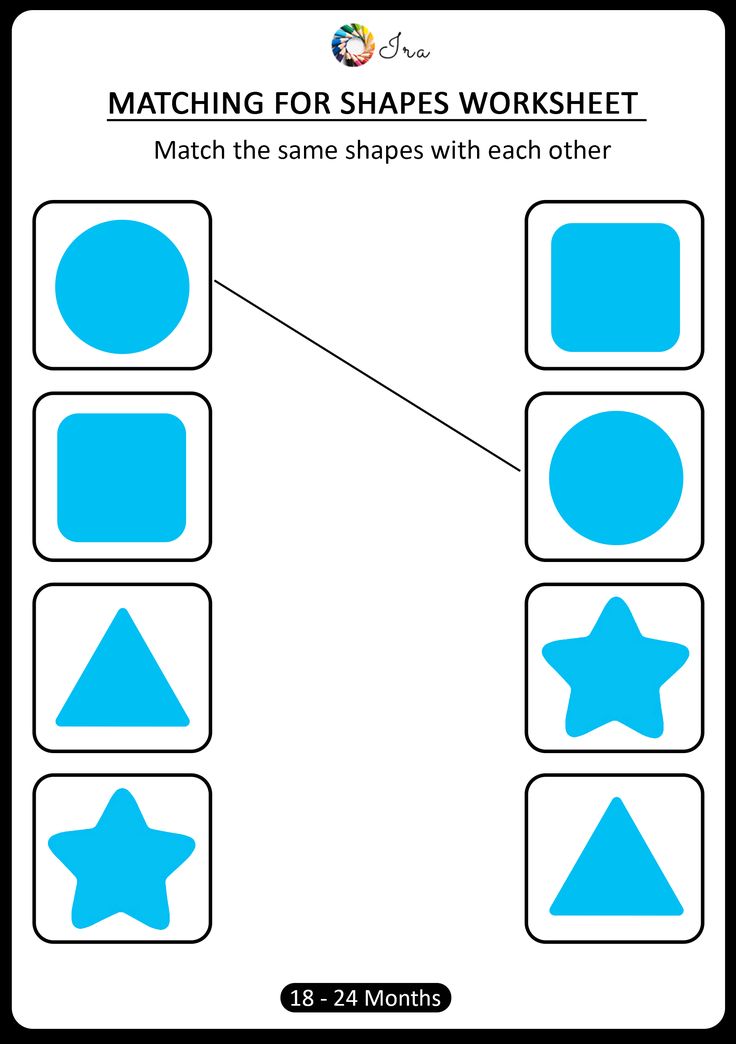 I look like a friend 9003
I look like a friend 9003
I spin the wheel like a squirrel
I suddenly jump off the table
And my name is just .... (circle)
3. I am a figure - no matter where,
Always very even.
All angles in me are equal
And four sides
The cube is my favorite brother,
Because I (square)
Or with something very similar7
Not a brick, not a triangle - it became a square (rectangle)
Educator: Well done guys! All the riddles were solved
- Geometric figures live together, they love to play different games. And for you and me they have prepared a game.
Game exercises: “Find a similar one”
(The teacher shows cards with objects, and the children must determine what geometric shape they look like: a plate - a circle, etc.).
- In order for our path to continue, we all need to warm up.
Dynamic pause: "Cheerful account" (children perform movements according to the text).
One - rise, stretch
Two - bend, straighten
Three - three claps of hands,
Three nods of the head.
Four - arms wider,
Five - wave arms,
And let's start playing again.
Educator: How wonderfully we have warmed up and now we are ready for new trials, in order to come to the country, we must go along the paths.
Game exercises: "Walk along the paths"
- We came to two paths. What tracks? (choral individual responses).
(children's answers: wide and narrow).
The girls will take the wide path, the boys the narrow path.
(children walk along the paths and sit at the tables).
Educator: Cheerful geometric figures meet you on the table, they would very much like you to lay out their image from counting sticks.
Game task: "Lay out a geometric figure from counting sticks"
- Lay out a geometric figure from counting sticks, which has four sides and four corners.
- Use counting sticks to make a geometric figure with three sides and three corners.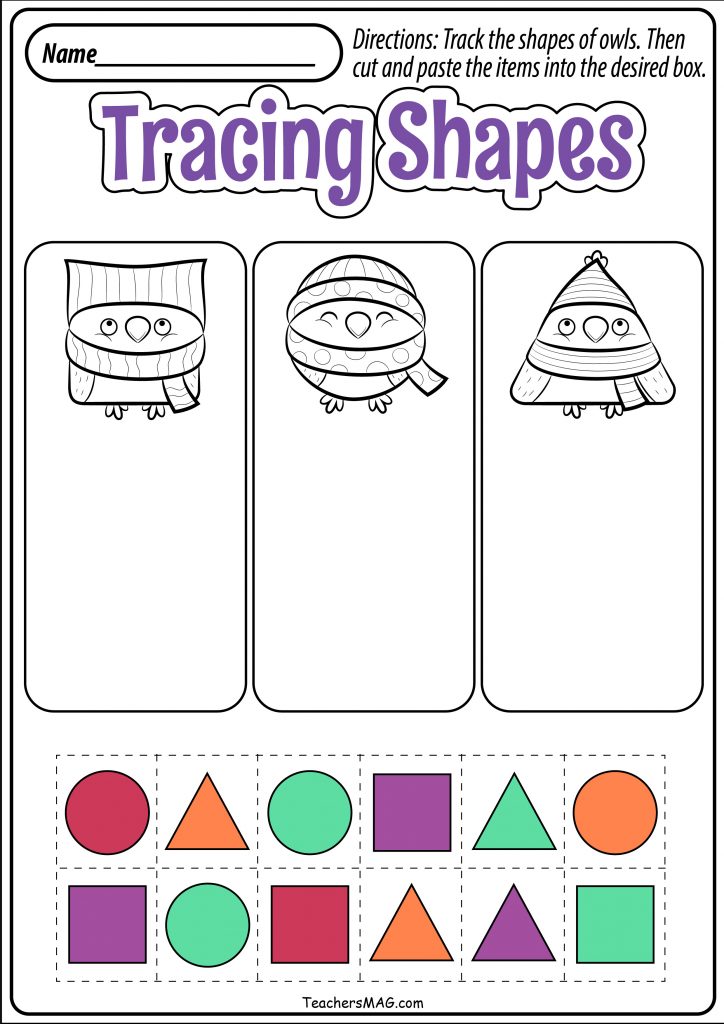
- Use counting sticks to make a geometric shape with two sides long and two short.
- Can we make a circle out of counting sticks? (children's answers).
- What will help us lay out the circle? (lace).
(The teacher monitors the completion of assignments. Provides individual assistance to children with difficulty).
Educator: Well done, you coped with this task as well.
- Guys, take one of the geometric shapes. These are your best friends, and they invite you to their house. But in which house your figure lives, you must find it yourself.
Game exercises: "Find a house"
(There are houses in the hall, the windows of which are in the form of geometric shapes. Children find the right house by the shape of the window.)
- Well done, guys!
But unfortunately our journey through the country of geometric figures has come to an end, and we have to return home.
We sit on the magic carpet.
Let's all say together "one, two, three, four, five, let's go back to kindergarten.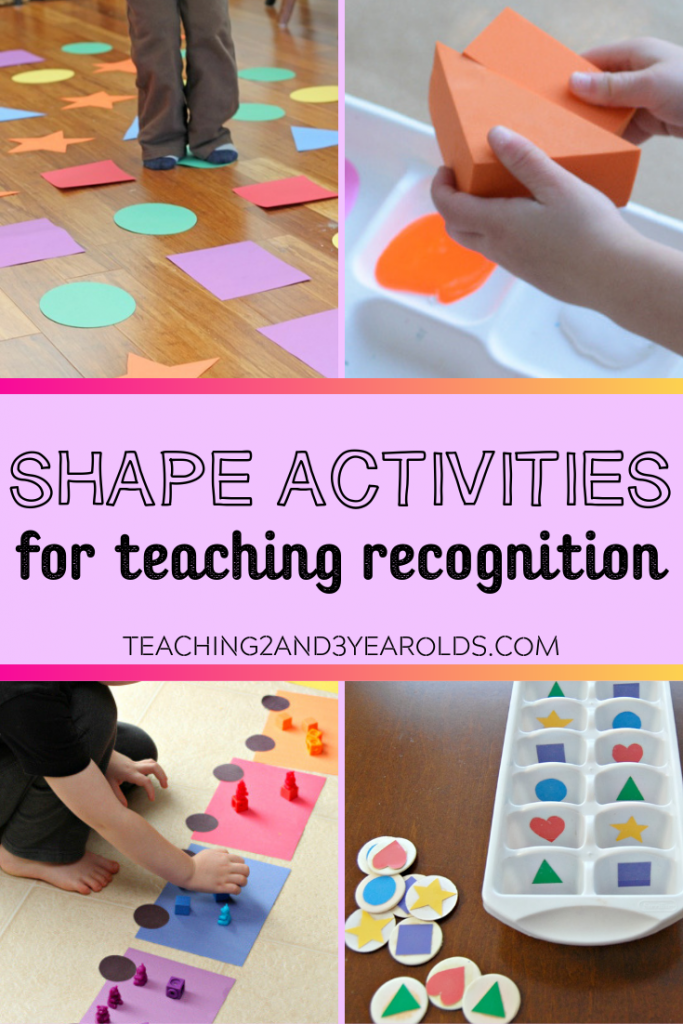 "
"
Final part: questions for children
1. Guys, did you like our journey through the country of geometric shapes?
2. What did you like the most?
You were attentive, quick-witted, thought and thought correctly. Well done!
Learning geometric shapes: games for preschool children
One of the important aspects of the development of mathematical concepts in preschoolers is the study of the basics of geometry. In the course of acquaintance with geometric shapes, the child acquires new knowledge about the properties of objects (shape) and develops logical thinking. In this article, we will talk about how to help a preschooler remember geometric shapes, how to properly organize games for teaching geometry, and what materials and aids can be used to develop a child’s mathematical abilities.
At what age can one start learning geometric shapes?
Many parents are wondering if young children need to get acquainted with geometric shapes.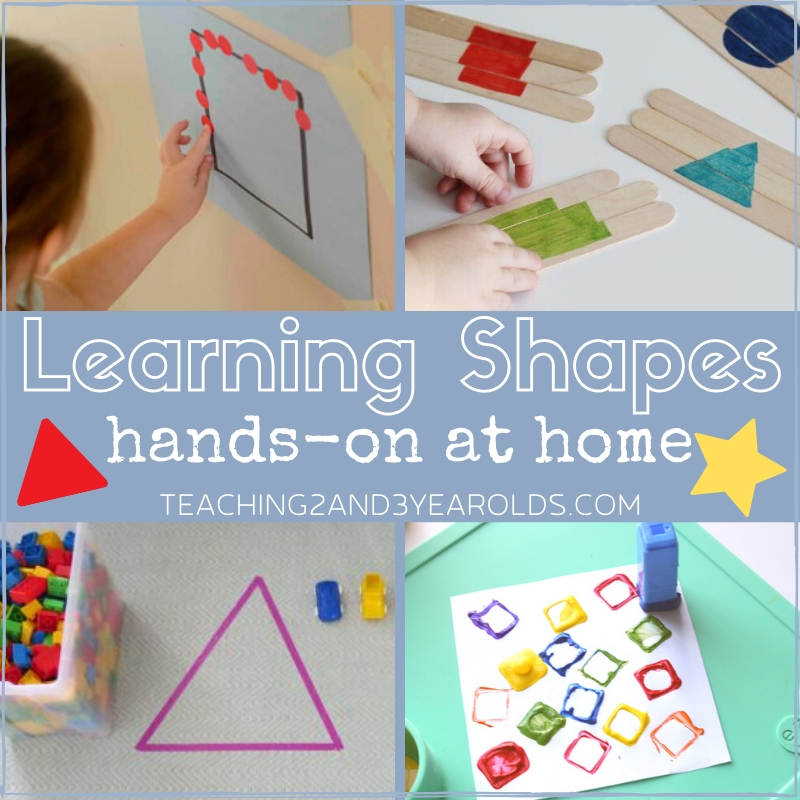 Experts believe that it is optimal to start classes in a playful, relaxed form from the age of 1.5. Until this age, it is appropriate to pronounce to the child the names of the shapes of objects that the baby meets in real life (for example, “round plate”, “square table”).
Experts believe that it is optimal to start classes in a playful, relaxed form from the age of 1.5. Until this age, it is appropriate to pronounce to the child the names of the shapes of objects that the baby meets in real life (for example, “round plate”, “square table”).
Introducing the child to geometric shapes, be guided by his reaction. If your baby started to show interest in them at an early age (by playing with the sorter or looking at pictures), encourage his curiosity.
At 2 years old, the baby should be able to distinguish between:
- Circle;
- Square;
- Triangle.
By 3 years you can add:
- Oval;
- Rhombus;
- Rectangle.
At an older age, a child can memorize such shapes as a trapezoid, a pentagon, a hexagon, a star, a semicircle. Also, children visiting the Constellation Montessori Center get acquainted with geometric bodies with interest.
How can I help my child remember geometric shapes?
Teaching a child geometric shapes should take place in stages. You need to start new figures only after the baby remembers the previous ones. The circle is the simplest shape. Show your child round objects, feel them, let the baby run his finger over them. You can also make an application from circles, mold a circle from plasticine. The more sensations associated with the concept being studied, the child receives, the better the baby will remember it.
Three-dimensional figures can be used to get acquainted with the forms. It can be made by a designer, a sorter, lacing, frame inserts. Since at an early age the visual-effective type of thinking is most developed, various actions with figures will help to remember them better.
How children of different ages perceive geometric shapes
The operations that a child can perform with geometric shapes and how he perceives shapes depend on the age of the baby.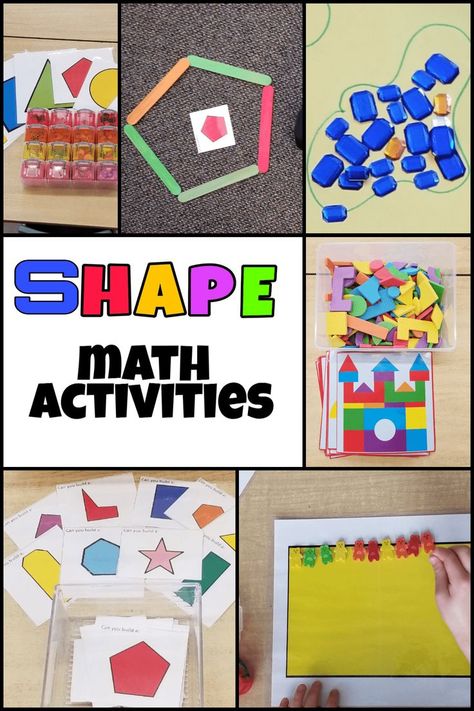 In accordance with age characteristics, the following stages of training can be distinguished:
In accordance with age characteristics, the following stages of training can be distinguished:
- In the second year of life, the baby is able to visually recognize familiar figures and sort objects according to shape.
- At 2 years old, the child can find the desired figure among a number of other geometric shapes.
- By the age of 3, babies can name shapes.
- At 4 years old, a child is able to correlate a three-dimensional figure with a flat image.
- At senior preschool age (and sometimes even earlier) you can start studying geometric bodies (ball, cube, pyramid). Also at this age, the child can analyze complex pictures consisting of many shapes.
Regardless of the child's age, try to pay attention to the shapes of the surrounding objects and compare them with known geometric shapes. This can be done at home and on the go.
Games for learning geometric shapes
For a child to be interested, learning geometric shapes should take place in a playful way. You should also select bright and colorful materials for classes (you can buy them in a store or do it yourself). Here are some examples of games and tutorials for learning geometric shapes:
You should also select bright and colorful materials for classes (you can buy them in a store or do it yourself). Here are some examples of games and tutorials for learning geometric shapes:
- Sorting. Games with a sorter can be started from the age of 1. Invite the child to find its window for the figure. So the child will not only memorize geometric shapes, but also develop fine motor skills, thinking and spatial representations, because in order for the part to fall into the hole, you need to turn it at the right angle. You can also sort any other items, such as building blocks, Gyenesch blocks, or counting material.
- Insert frames. In fact, this manual is similar to a sorter. For each geometric figure, you need to find its place.
- Geometric lotto. To play, you will need a field with the image of geometric shapes and handout cards with each figure separately. A child can take small cards out of a chest or bag, and then look for their place on the playing field.
 This game also perfectly trains the attention of the baby.
This game also perfectly trains the attention of the baby. - Geometric appliqué. Cut out various geometric shapes from paper and, together with your child, make a picture out of them (for example, you can make a Christmas tree from triangles, a house from a square and a triangle).
- Drawing (including stencils).
- Modeling.
- Laying out figures from counting sticks.
- Geometric mosaic.
- Laces with geometric shapes.
- Card games.
- Guess by touch.
- Active games. Draw geometric shapes on the pavement with chalk. Ask the child to imagine that the figures are houses that you need to run into on a signal. Next, you name a geometric figure, and the child runs to it.
In addition, educational cartoons can be used to study geometric shapes. Here is one of them:
Conclusions
Teaching the basics of geometry at preschool age is an important part of developing a child's mathematical and sensory representations. Acquaintance with the figures should occur gradually (first, simple figures - a circle, a square, a triangle). To keep your child interested, study geometric shapes in a playful way. Your assistants in this can be such educational aids as insert frames, mosaics, lotto, sorters, sets of geometric shapes and bodies, stencils. You can also study geometric shapes on the street: just talk to your child about what you see around and what shapes these objects look like. Then the kid will definitely learn to distinguish geometric shapes and remember their names.
Conclusion
Montessori environment has been specially created for the comprehensive and harmonious development of each child in the children's center "Sozvezdie". In the process of free work in it, children not only get acquainted with the basics of geometry, but also develop their cognitive processes, fine motor skills, learn to write, read, and count.

